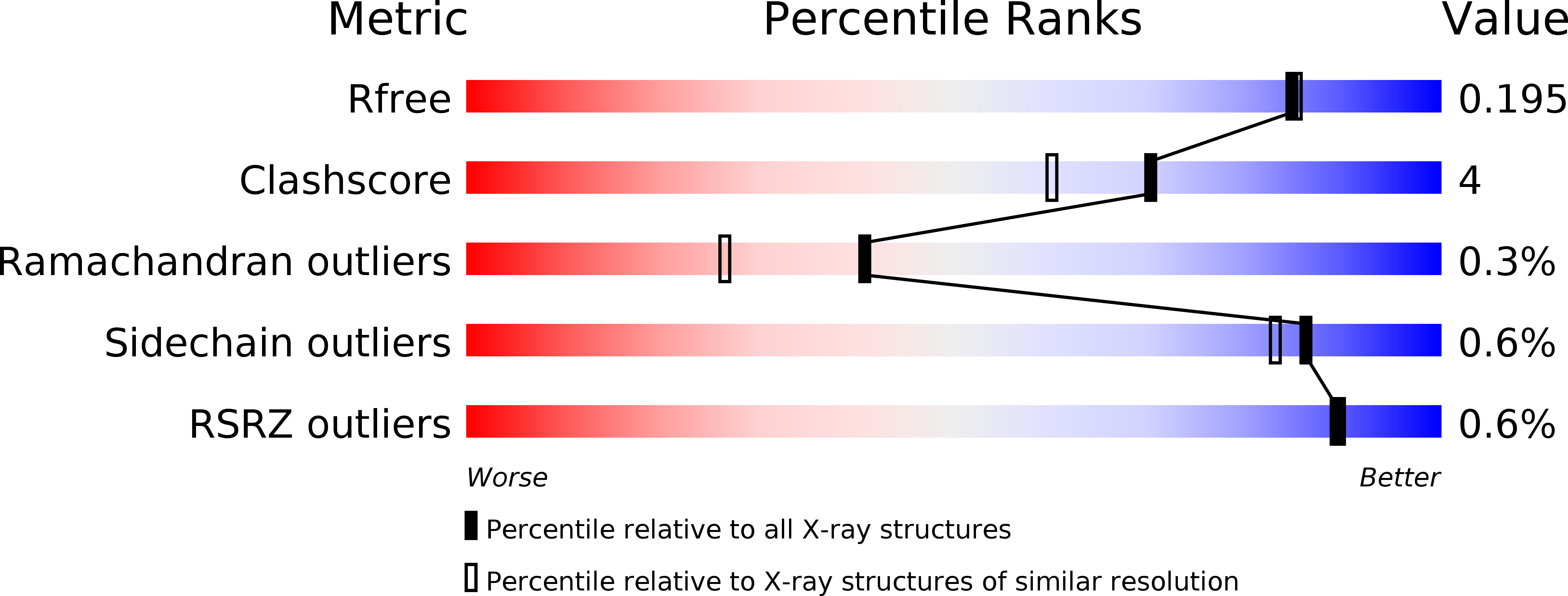
Deposition Date
2014-06-30
Release Date
2015-03-11
Last Version Date
2024-01-10
Entry Detail
PDB ID:
4URI
Keywords:
Title:
Crystal structure of chitinase-like agglutinin RobpsCRA from Robinia pseudoacacia
Biological Source:
Source Organism:
ROBINIA PSEUDOACACIA (Taxon ID: 35938)
Method Details:
Experimental Method:
Resolution:
1.85 Å
R-Value Free:
0.18
R-Value Work:
0.14
R-Value Observed:
0.15
Space Group:
P 1


